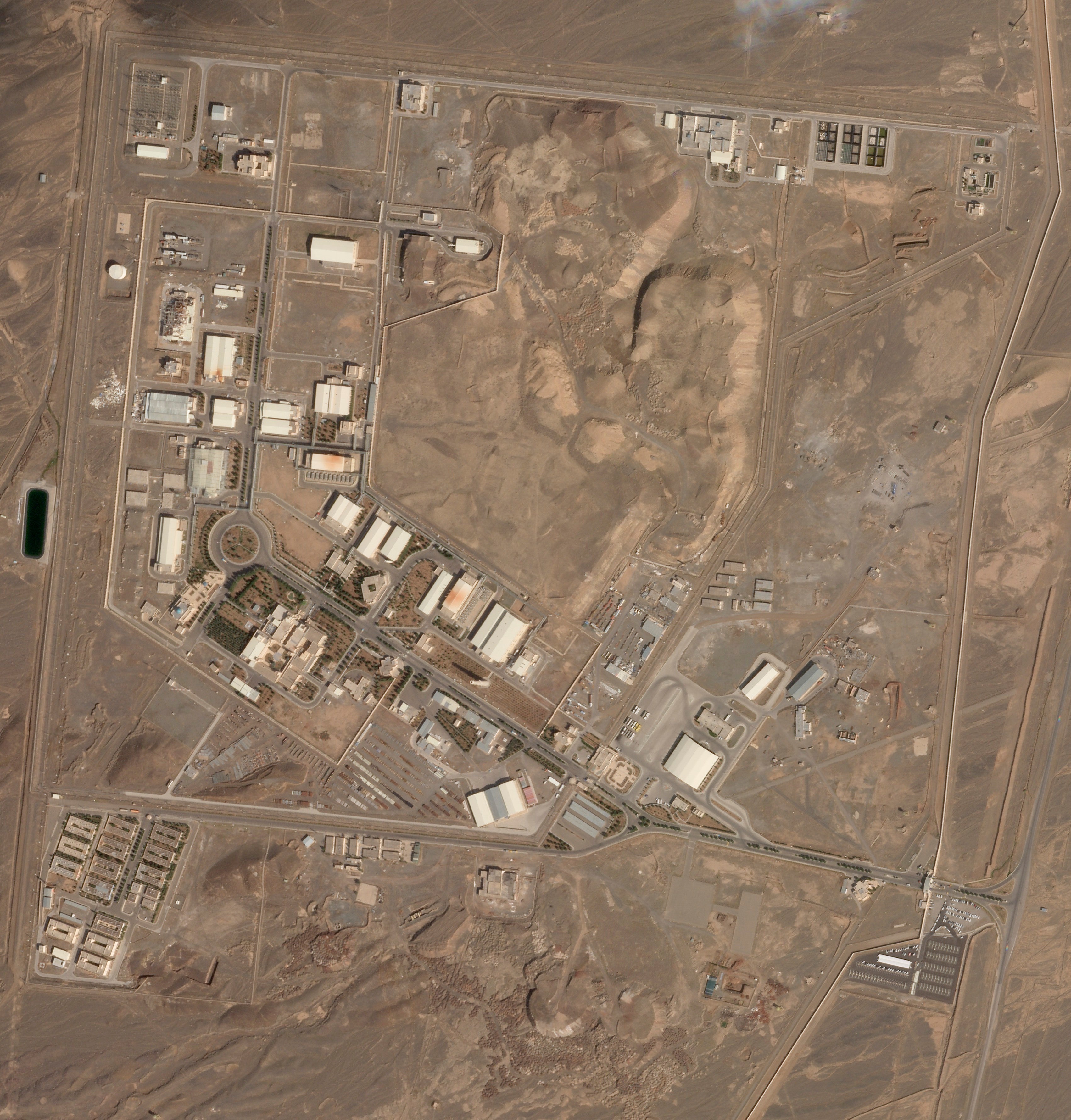UN watchdog installs new cameras at Iran centrifuge workshop
The United Nations atomic watchdog says it has installed surveillance cameras to monitor a new centrifuge workshop at Iran’s Natanz site after a request from Tehran

The United Nations atomic watchdog said Thursday it installed surveillance cameras to monitor a new centrifuge workshop at Iran's underground Natanz site after a request from Tehran, even as diplomatic efforts to restore its tattered nuclear deal appear stalled.
The start of work at the new workshop comes after Iran's centrifuge facility in Karaj found itself targeted in what Iran described as a sabotage attack in June. Natanz itself has twice been targeted in sabotage attacks amid uncertainty over the nuclear deal, assaults that Tehran has blamed on Israel.
The Vienna-based International Atomic Energy Agency said it installed cameras and removed seals from machines at the workshop on Tuesday. Those machines will be used to make centrifuge rotor tubes and bellows, crucial parts for the devices that spin at very high speeds to enrich uranium gas.
On Wednesday, “Iran informed the agency that the machines would start operating at the new workshop the same day,” the IAEA said in a statement. It did not elaborate on the location of the workshop at Natanz, a vast facility that includes laboratories and enrichment halls buried underground to protect them from airstrikes. Iran has been holding footage from IAEA surveillance cameras since February 2021 as a pressure tactic to restore the nuclear deal as well.
Iran did not immediately acknowledge the cameras' installation, but previously said it would be moving the plant at Karaj to Natanz.
Natanz became a flashpoint for Western fears about Iran’s nuclear program in 2002, when satellite photos showed Iran building an underground facility at the site, some 200 kilometers (125 miles) south of the capital, Tehran. Iran long has insisted its nuclear program is for peaceful purposes. However, U.S. intelligence agencies and the IAEA believe Iran had an organized military nuclear program up until 2003.
In July 2020, Natanz found itself targeted in sabotage that blew up a centrifuge assembly building. In April 2021, a sabotage attack in its underground halls destroyed centrifuges. Iran since has begun building a new extension to Natanz in a nearby mountain, likely to further harden the site.
Israel, also suspected in the killing of a scientist who found Iran's nuclear military program, has hinted it carried out the Natanz attacks.
The camera installation comes as efforts to restore the nuclear deal, which saw Tehran limit its enrichment for the lifting of economic sanctions, appear deadlocked over an Iranian demand for America to delist the Revolutionary Guard as a terrorist organization.
Despite repeated Iranian claims that a separate deal would see billions of dollars in assets unfrozen, the State Department reiterated that no deal is imminent on either a prisoner swap or the nuclear deal.
“Our partners have not released these restricted funds to Iran, nor has the United States authorized or approved any such transfer of restricted funds to Iran,” the State Department said late Wednesday.
___
Follow Jon Gambrell on Twitter at www.twitter.com/jongambrellAP.
Bookmark popover
Removed from bookmarks